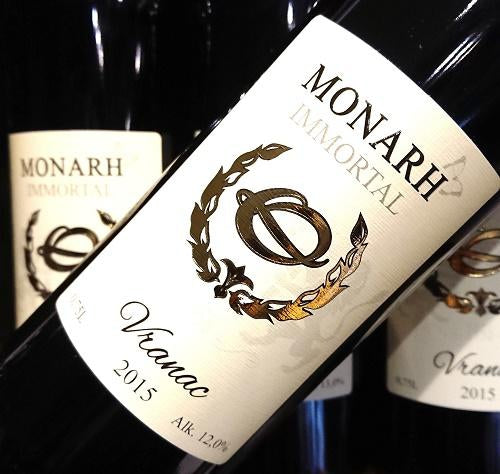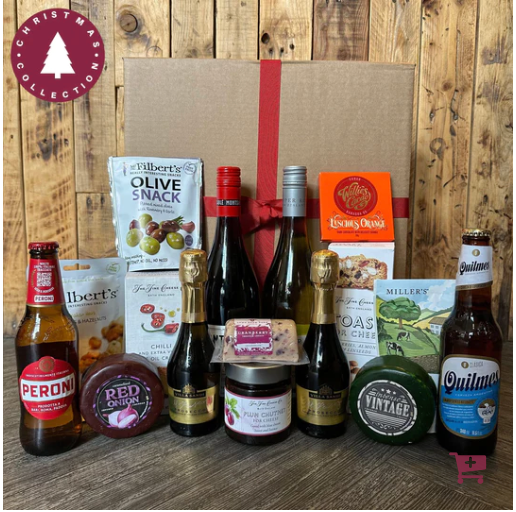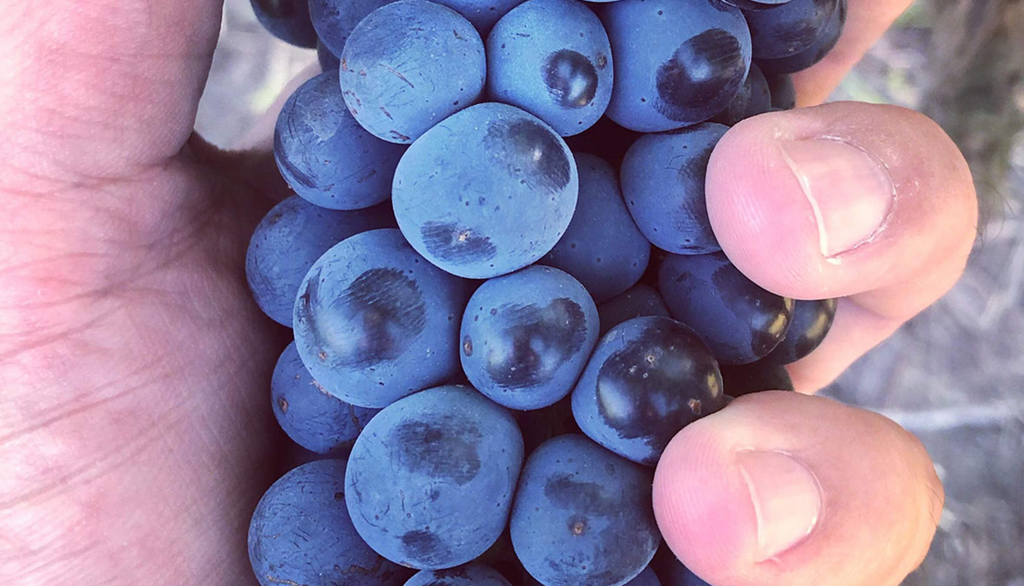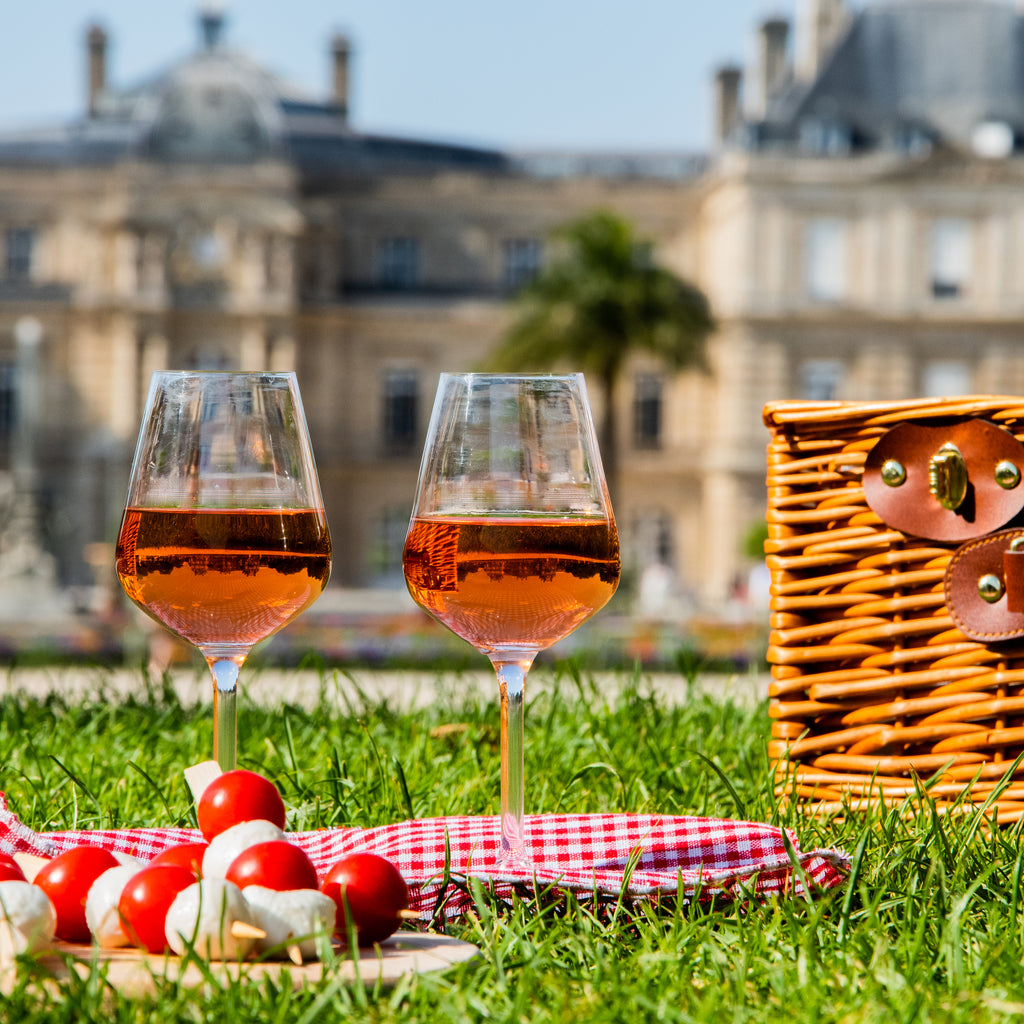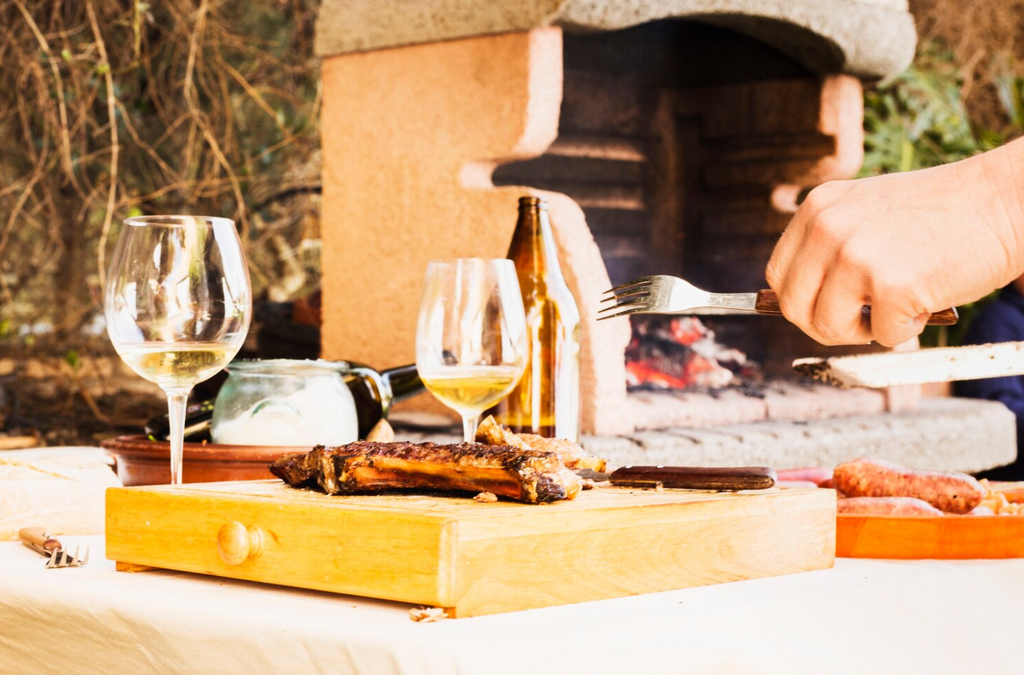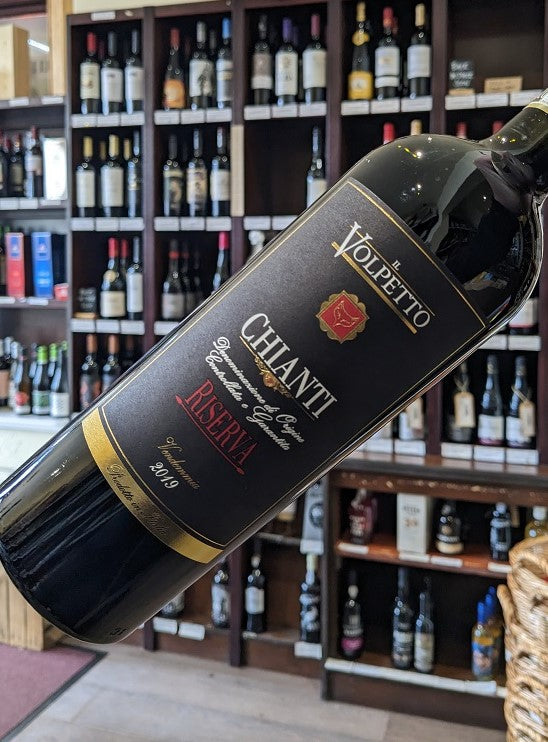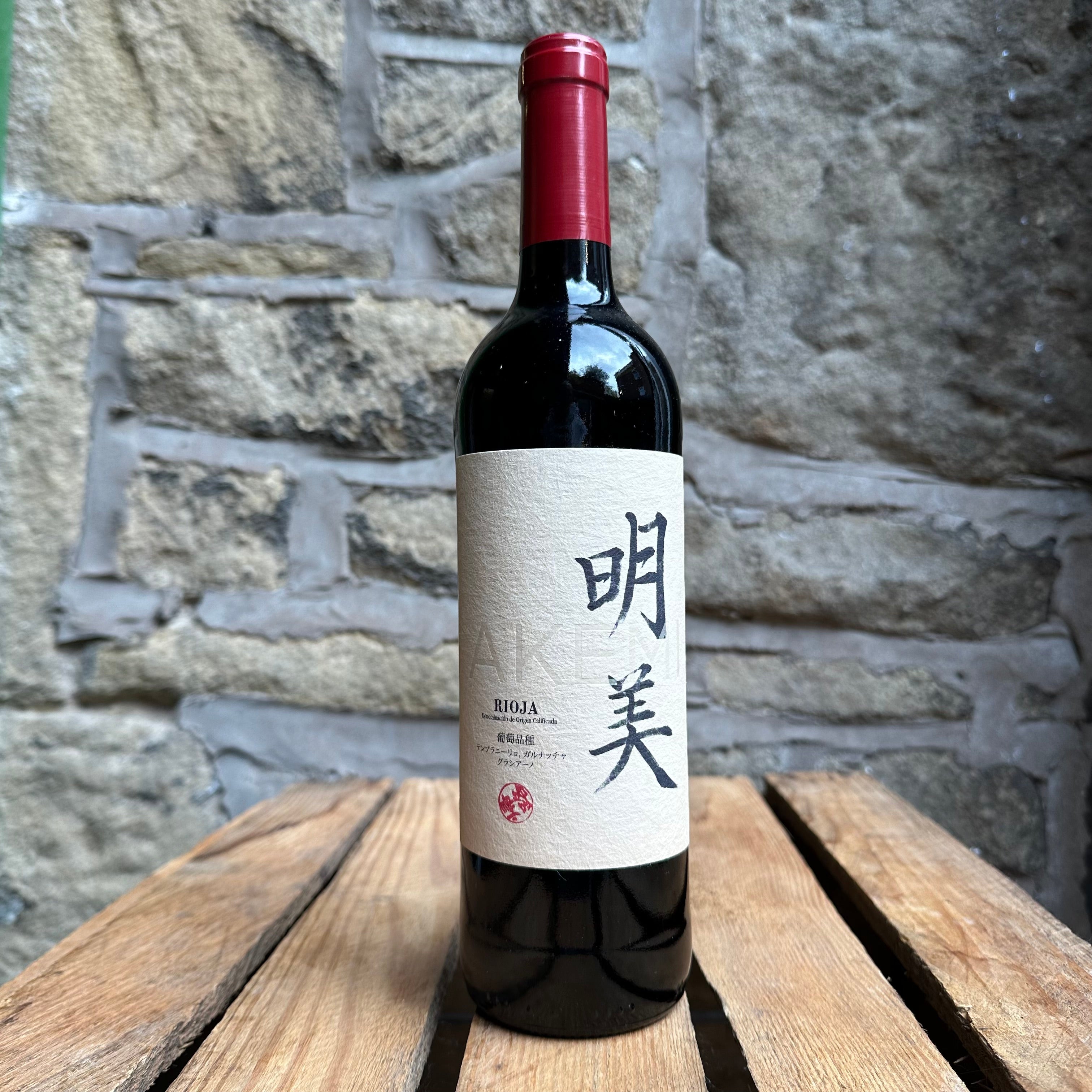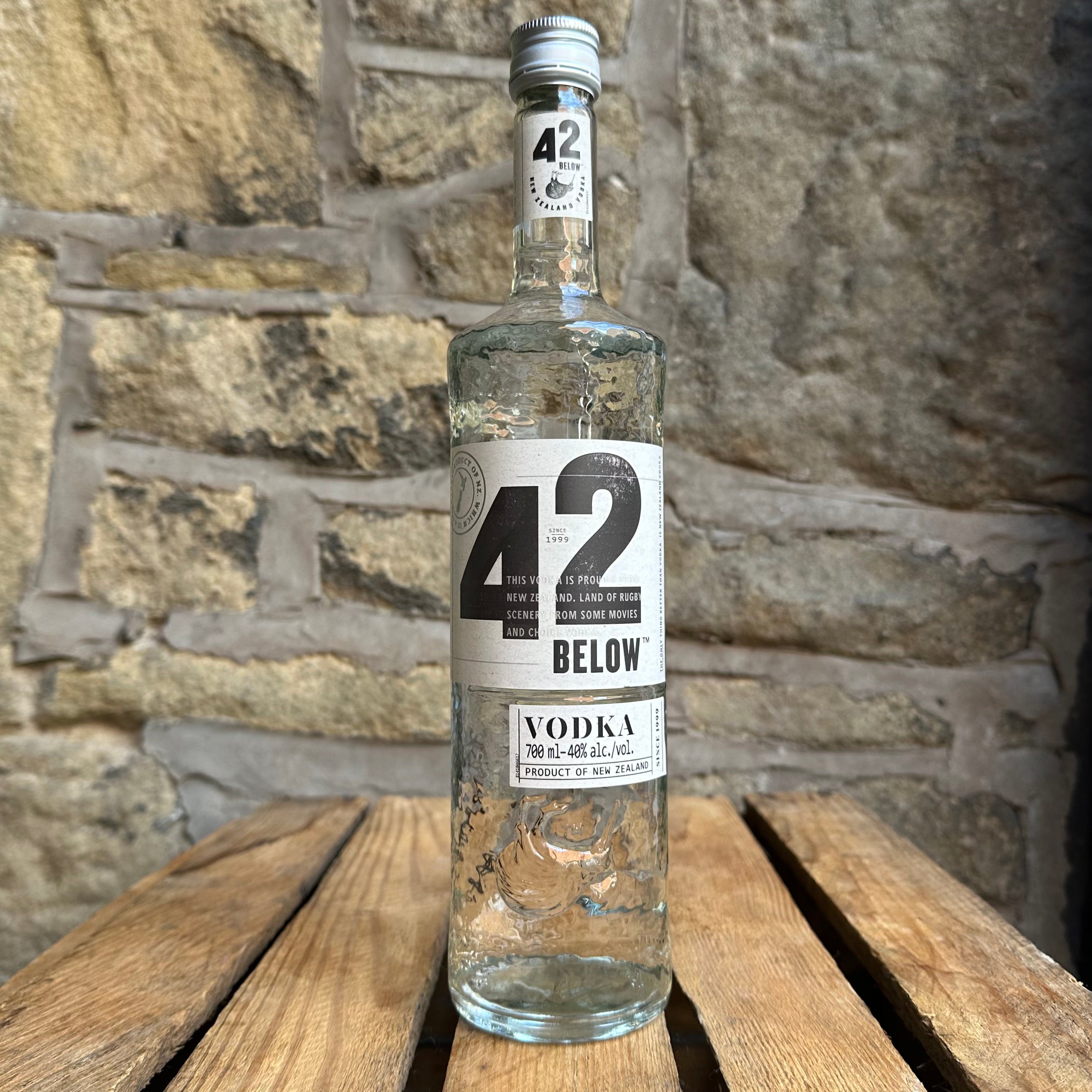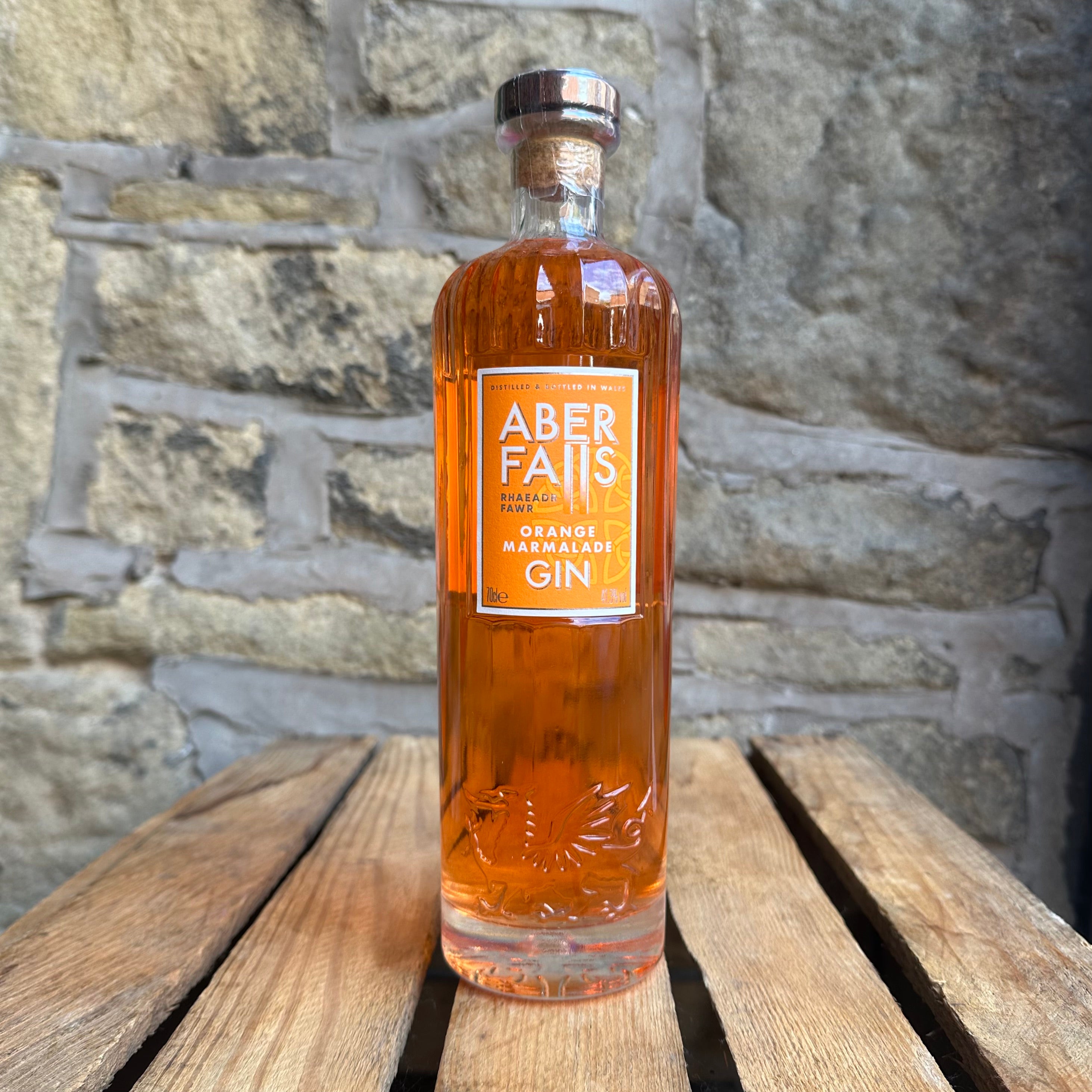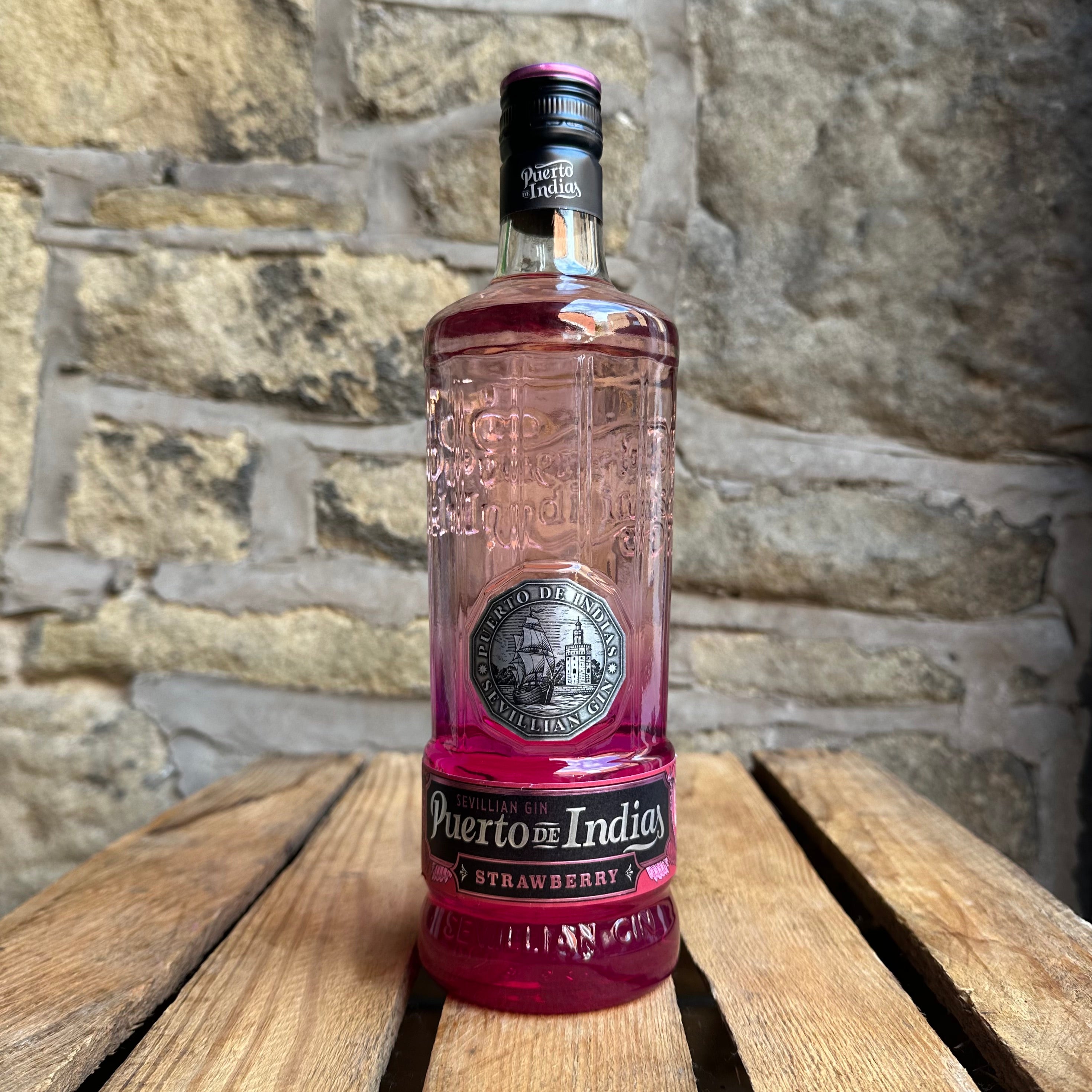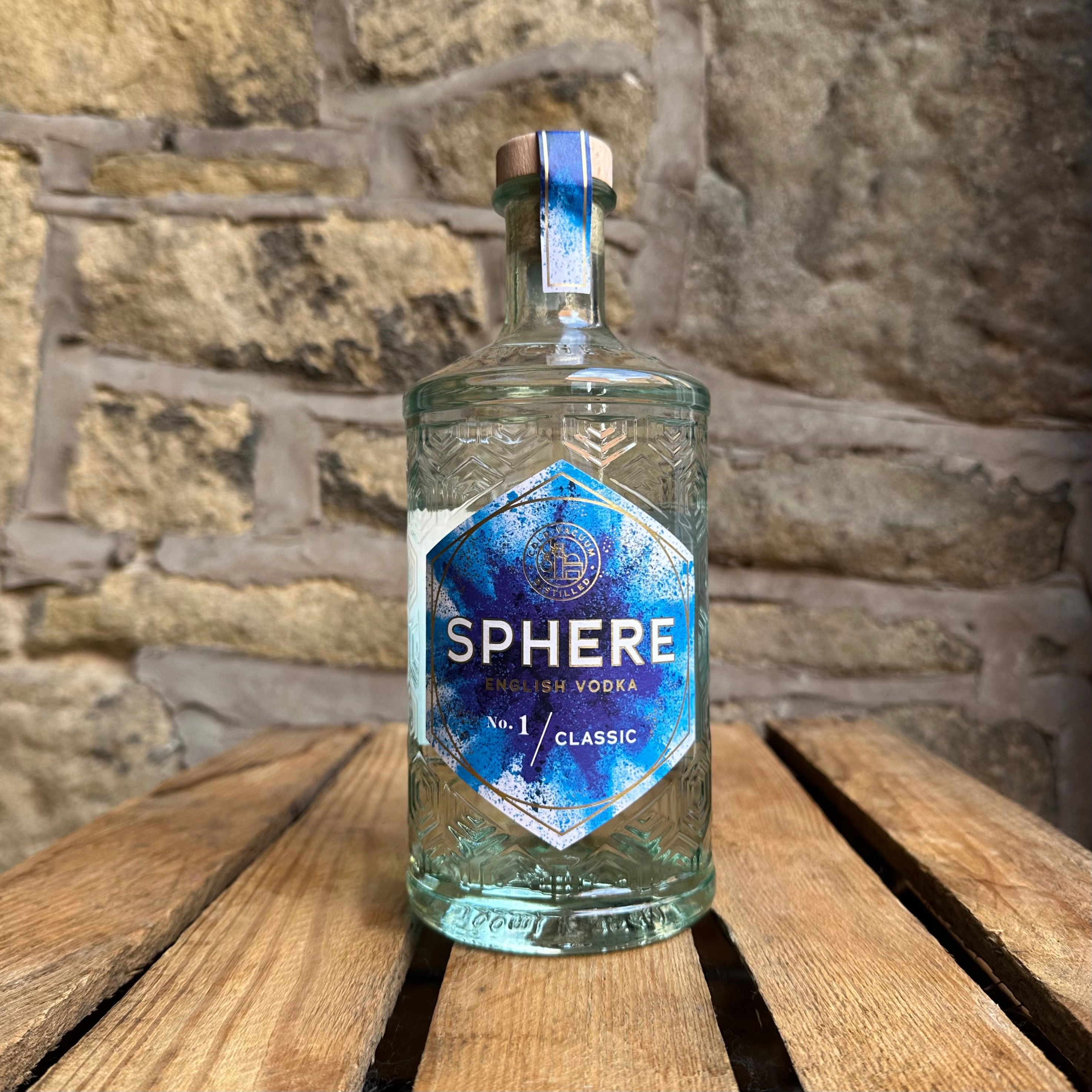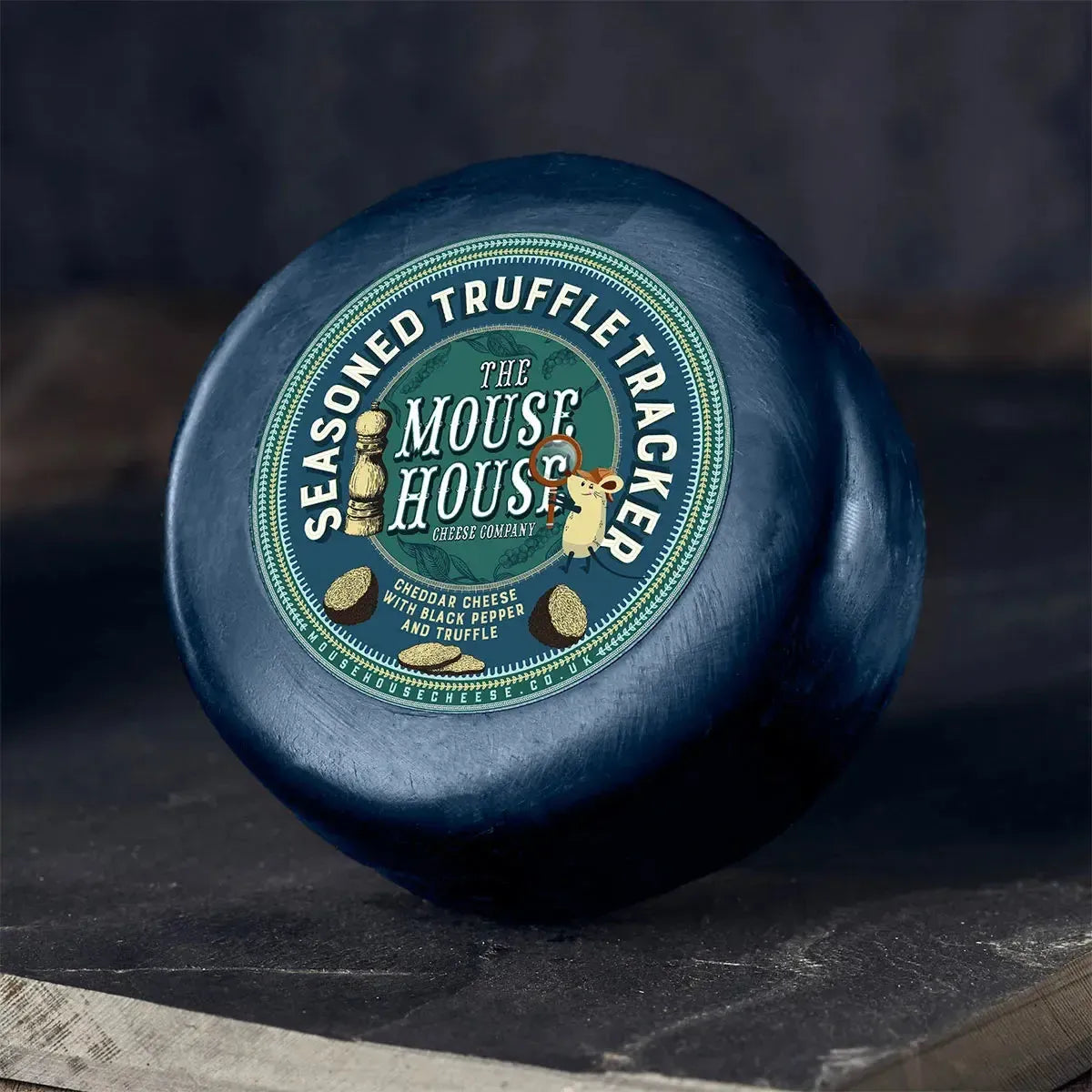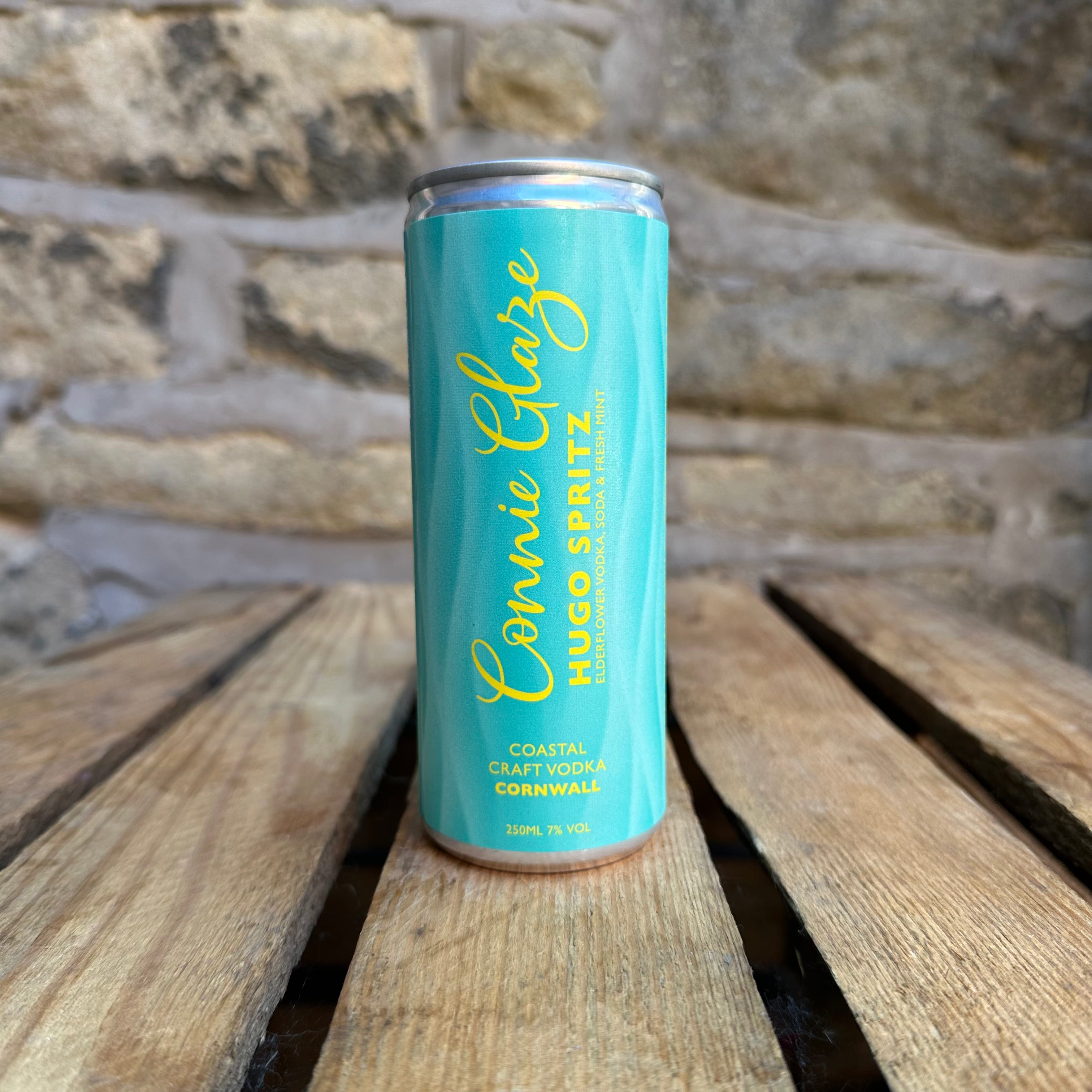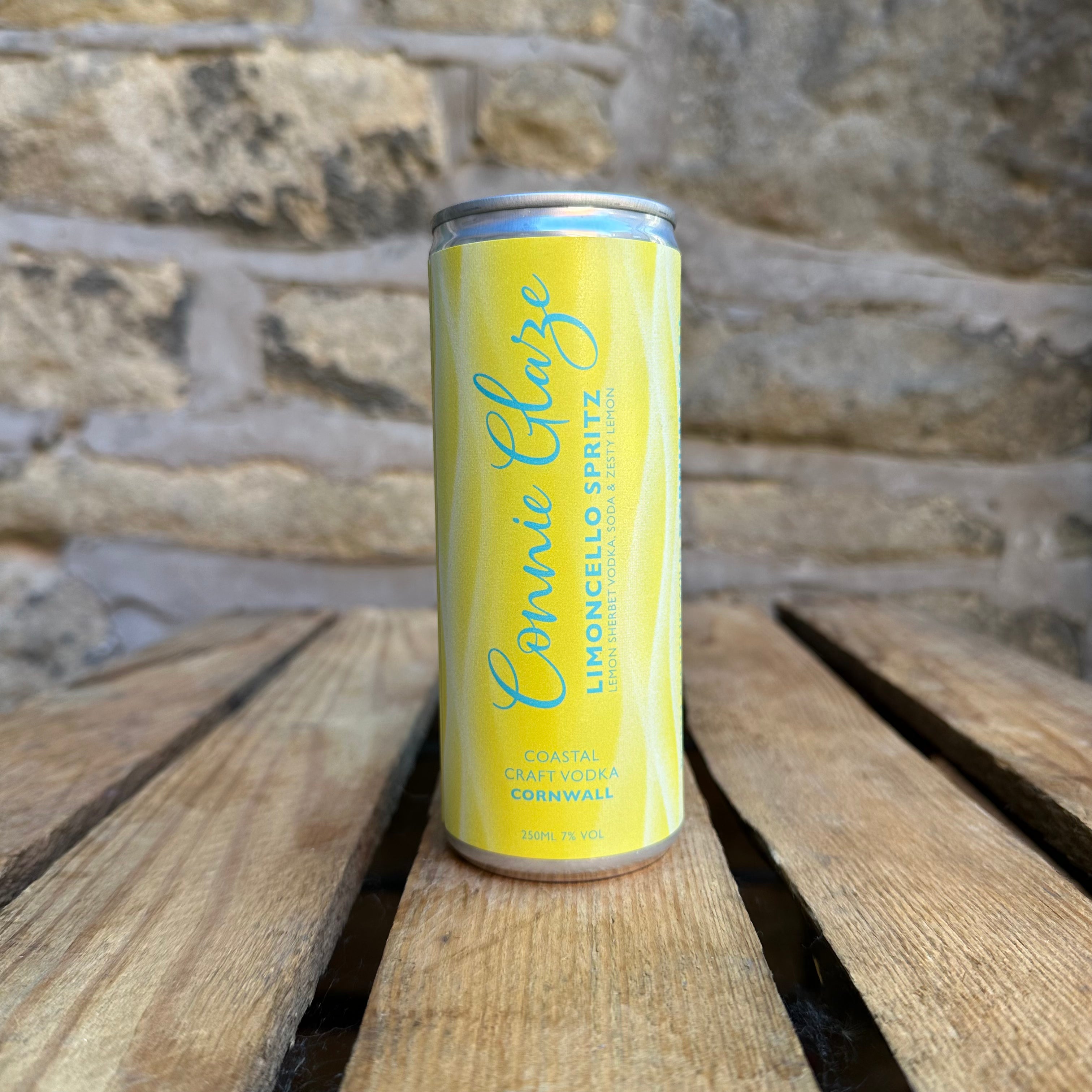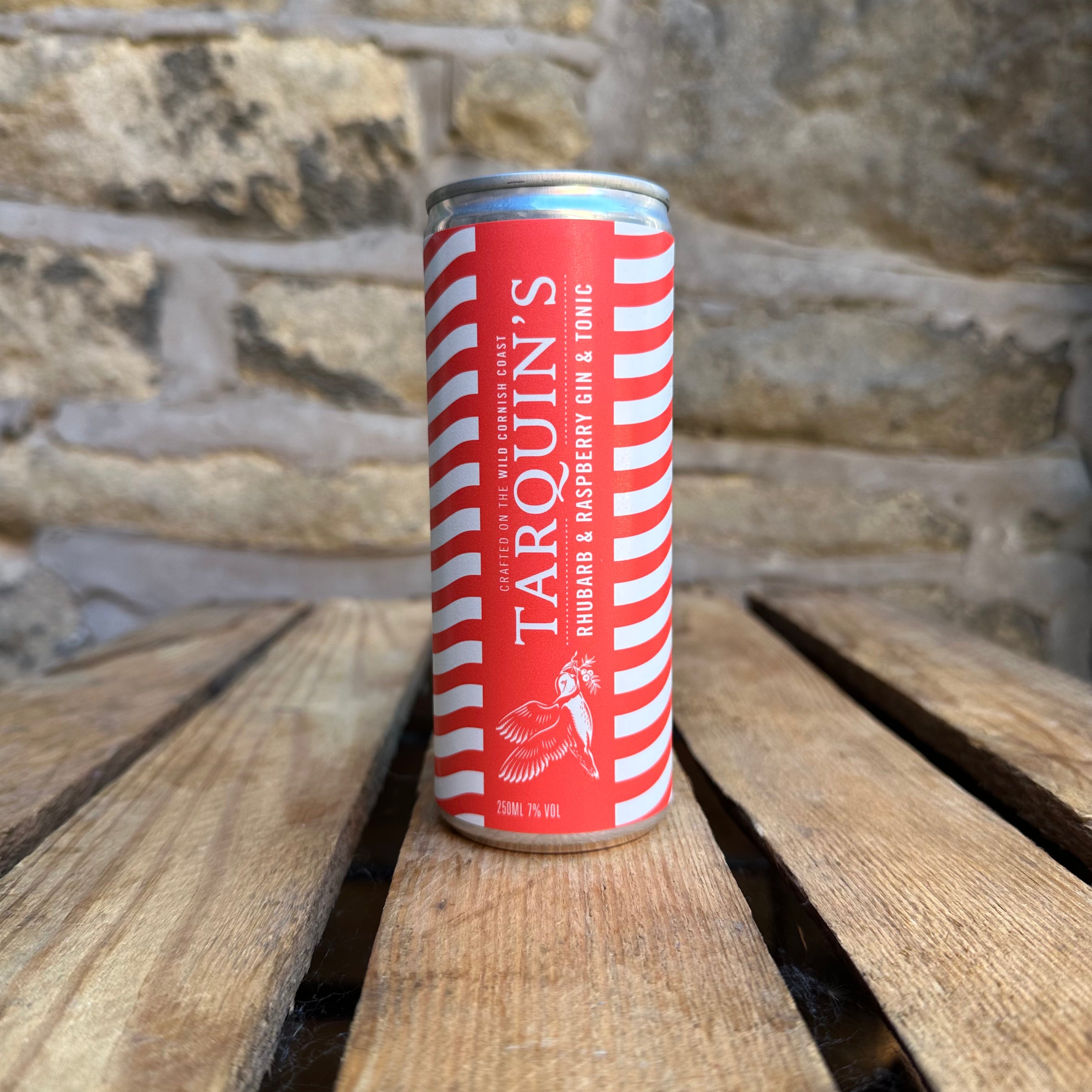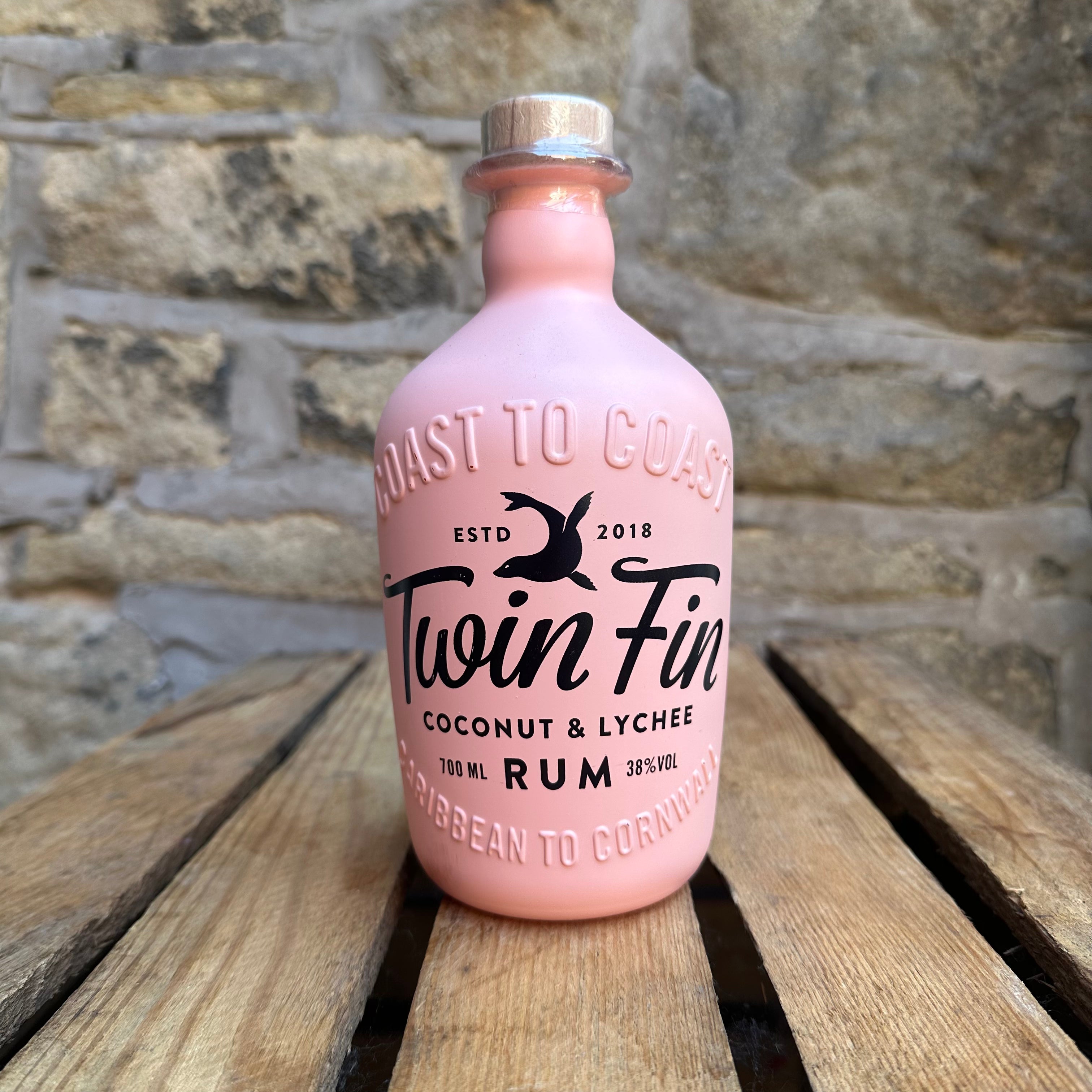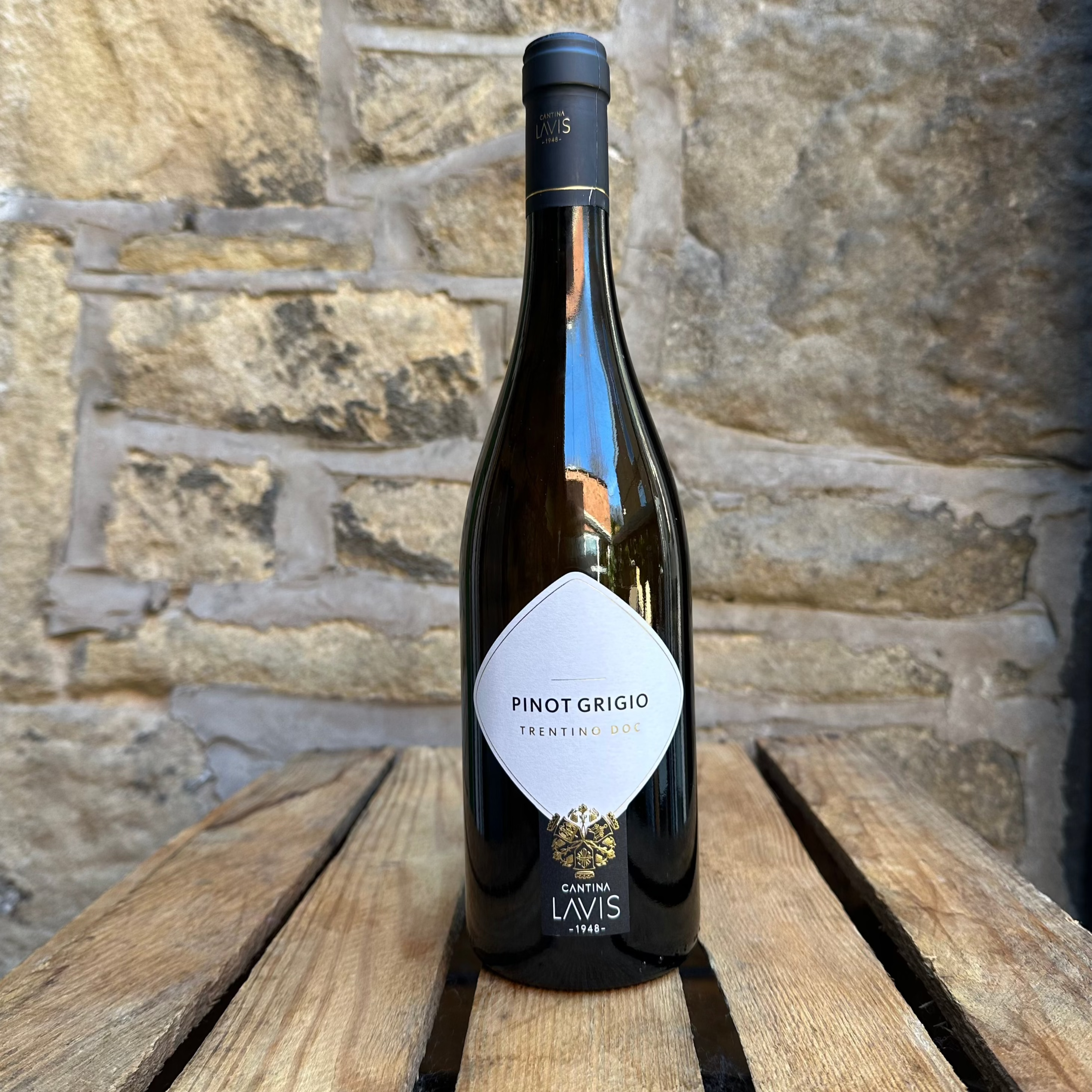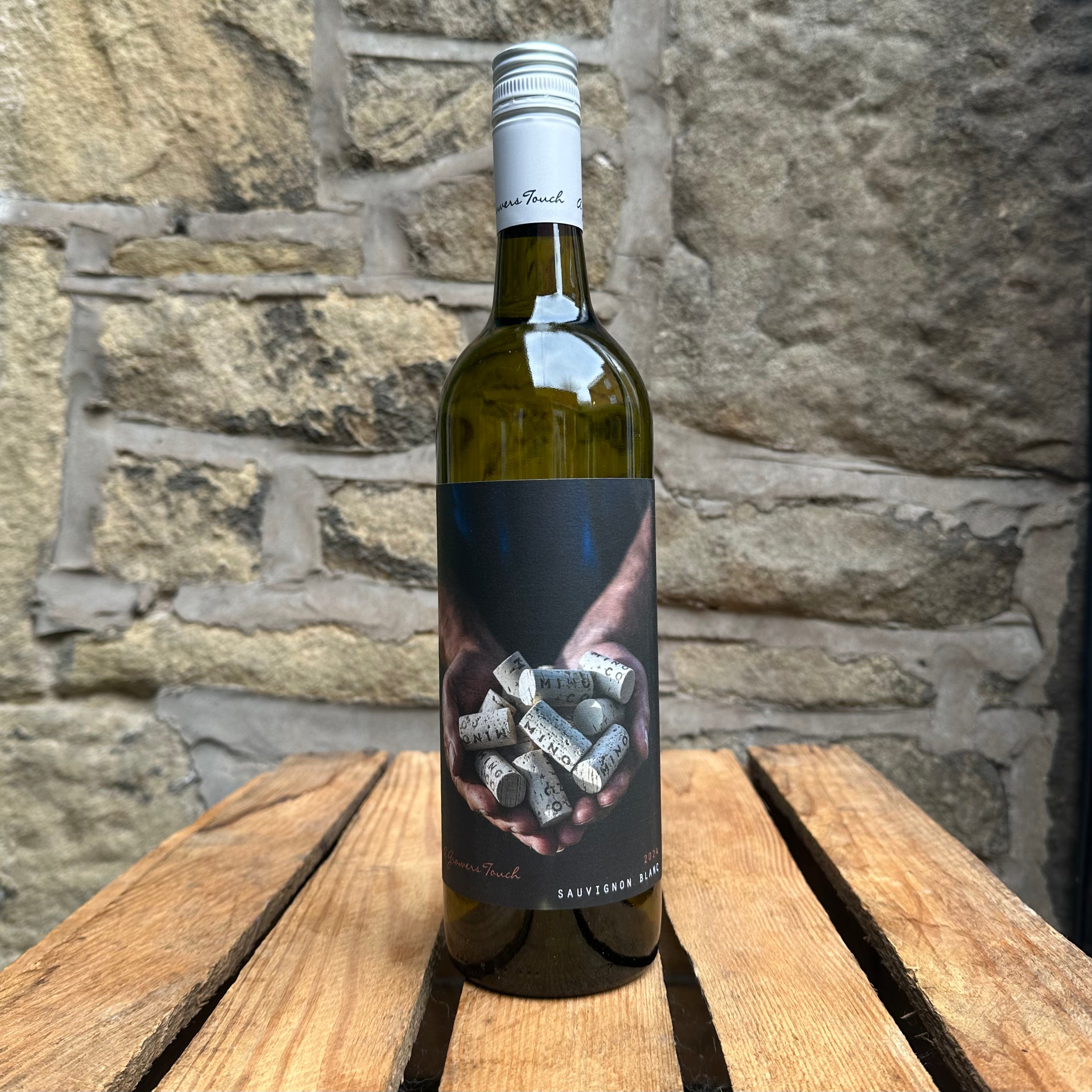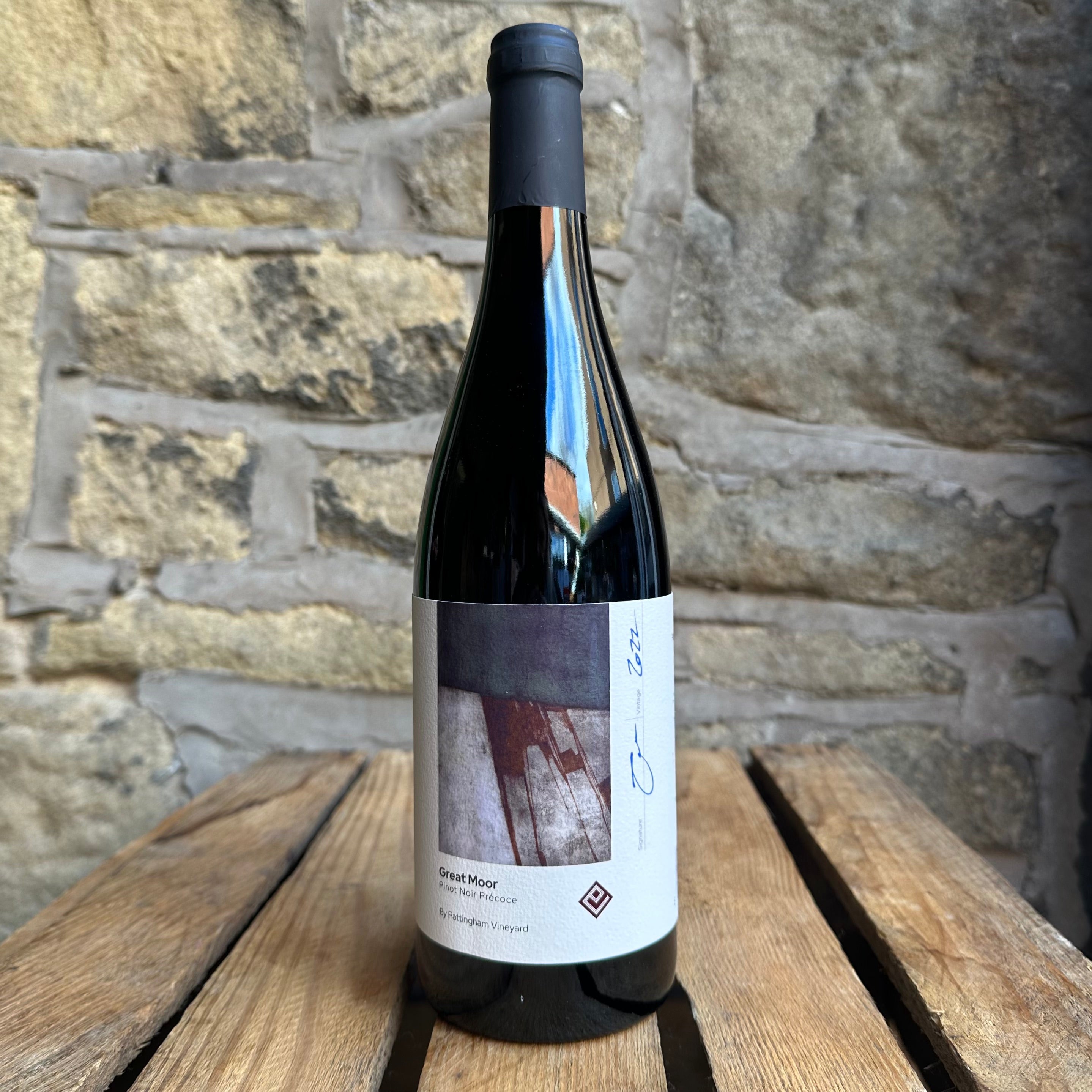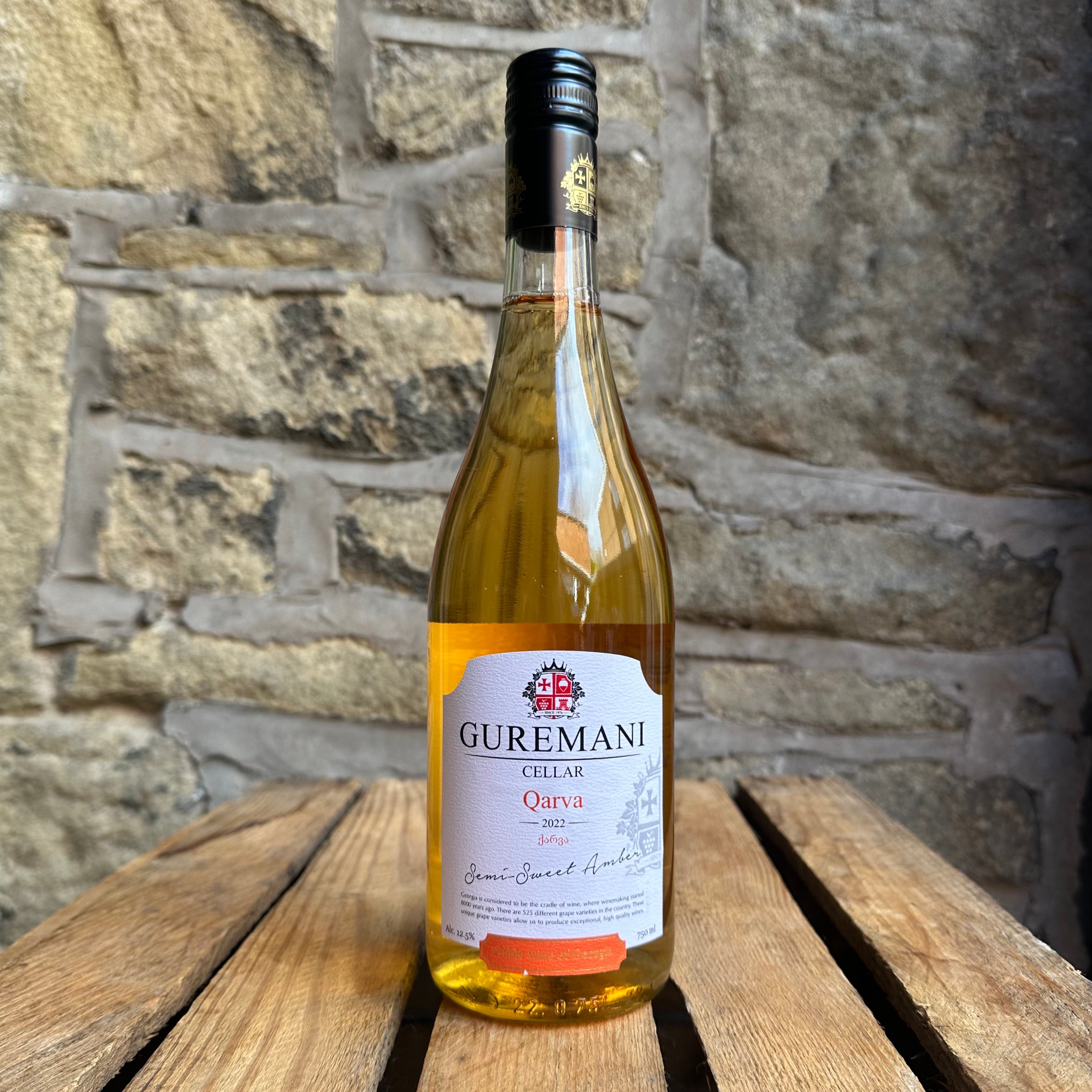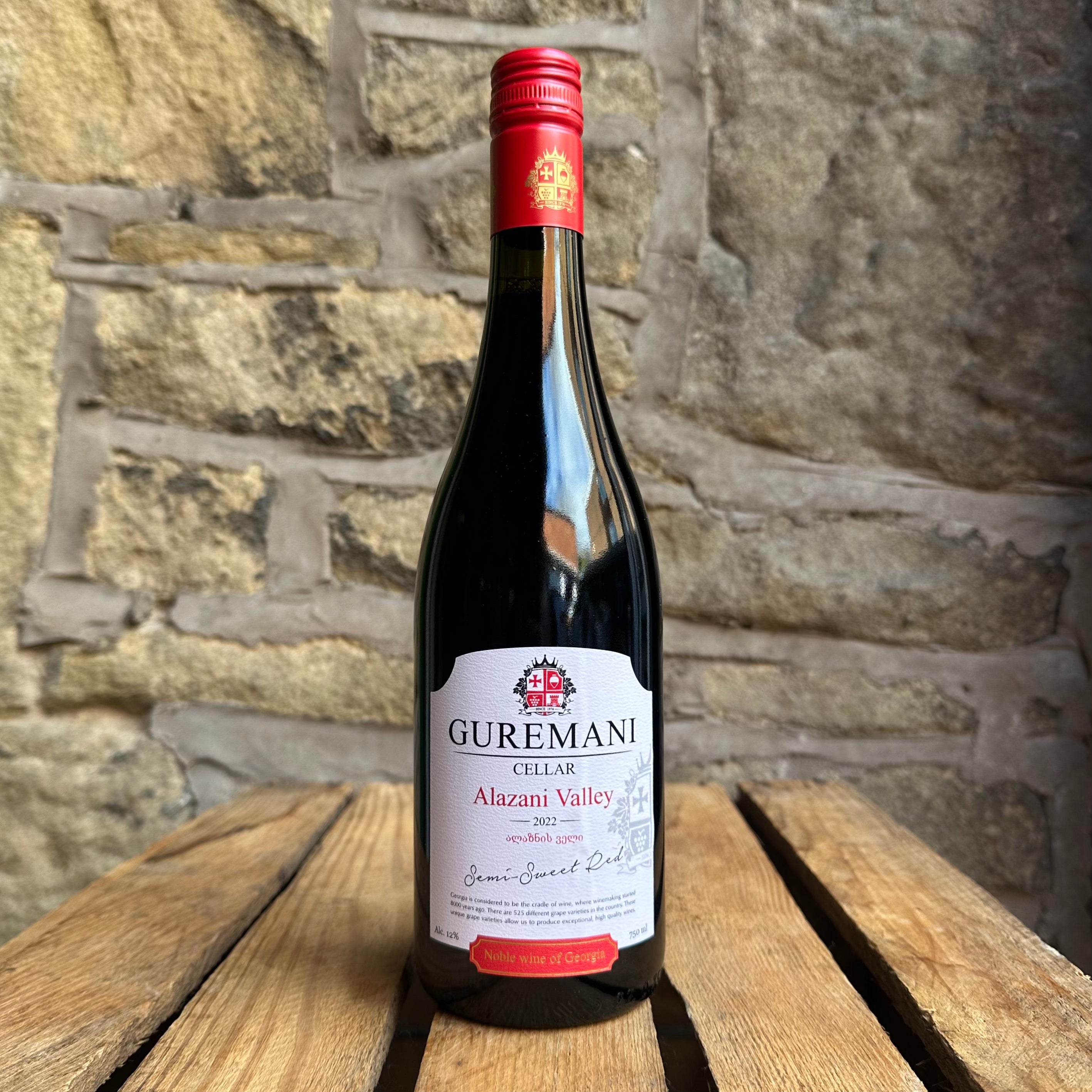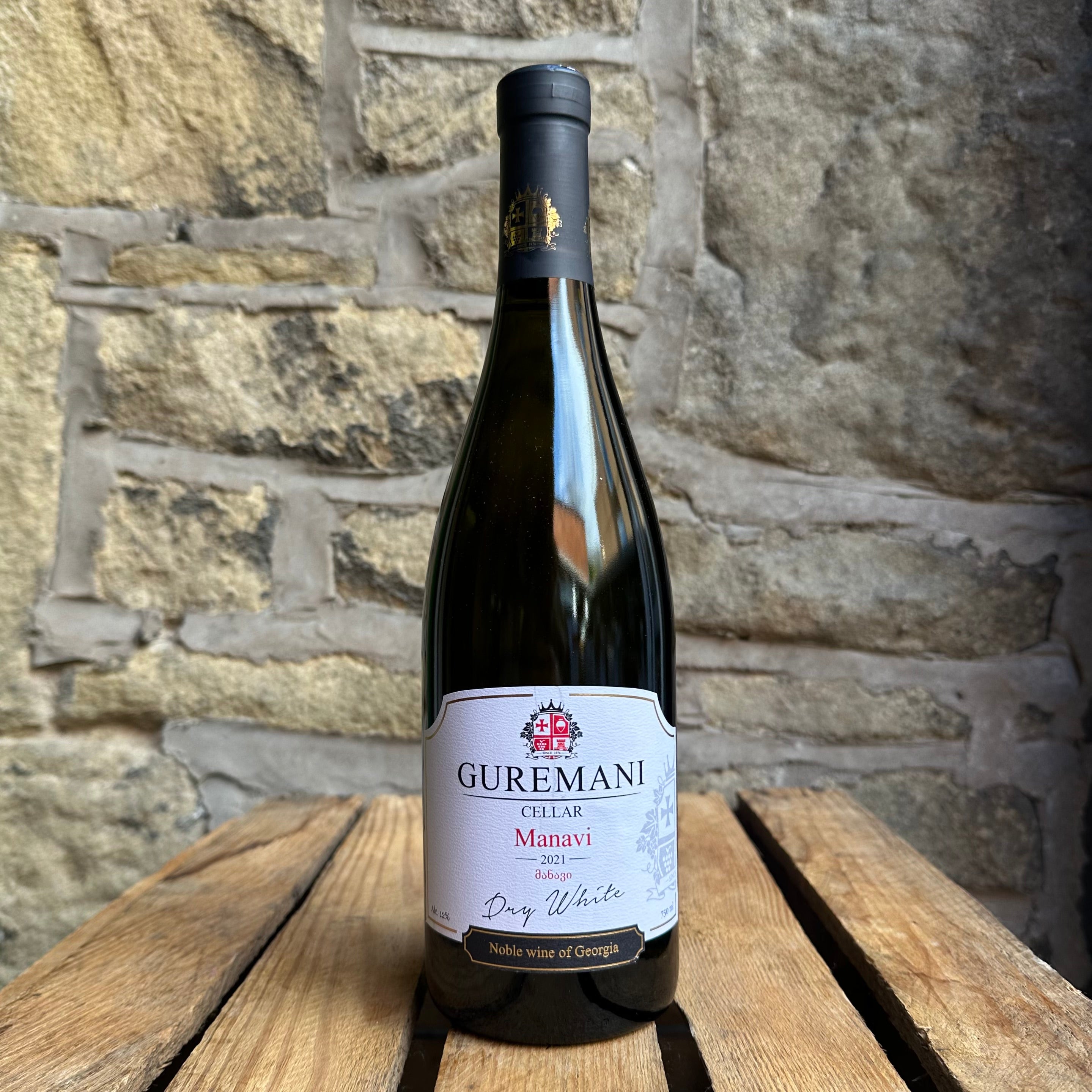Serbian wine is on the up, with international trade rising in line with a renewed interest in its rich history of wine-making. Having produced wine for over 1000 years, viticulture has long been a key part of Serbian culture with 70,000 hectares of vineyards producing 425,000 tons of grapes a year in nine wine regions.
The re-establishment of small wineries since the turn of the millennium, often family-run and focusing on traditional methods, quality and taste, has peaked interest across the world. Our new wines are from the excellent Pik Oplenac winery with a history of winemaking since 1948. Located in the Oplenac subregion of Šumadija-Great Morava in central Serbia, where some of the oldest domestic wines of the country are preserved.
King Peter I planted the premium grapevines from across Europe on 75 acres of Olpenac slopes, soon after which in 1931 the King’s wine cellar (Kraljev podrum) was founded and has become one of Serbia's biggest attractions of their thriving tourist wine routes.
Monarh Immortal uses the Vranec grape, its name meaning black stallion to describe its power and intensity as a red wine grape. Producing rich tannined dark wines suited well for long oak and bottle ageing, Vranec is known for ripe and jammy wild berry fruit flavours, chocolate and vanilla.
Monarh Immortal Vranec (12%, £12.46) is a ripe bodied wine with intense cherry, raspberry, and blackberry aromas. Full and explicitly fruity on the palate with solid balance and a long finish. Excellent with meat and cheese pies, semi-soft cheeses and light meat salads.
Monarh Immortal Cuvee (13%, £12.46) adds Vranec to a Bordeaux-style blend of Cabernet Sauvignon and Merlot for a deep red wine showing complex fruity aromas that balance excellently with ripe tannins and a long finish. Subtle oak elements show through alongside persistent aromas that linger in the mouth. Perfect with duck, goose, rib eye steak and venison.
Villa Nota uses Muscat Ottonel, a Muscat grape variant suited to make light, dry wines through to rich, dessert wines. A famously aromatic yet delicate, low acid grape, its dry wines are known for showing delicate nutmeg and floral aromas. Villa Nota Muscat Ottonel (13%, £12.46) is a dry wine that typifies the floral-fruity character, showing hints of melon, peach, citrus and exotic fruits. Try serving with white meats as well as soft and hard cheeses.
We also love the Villa Nota using Traminac, the mother grape of many oher popular wine grapes such as Merlot and Chenin Blanc. Also commonly known as Gewurtztraminer, its name literally translates to spice/perfume due to its complex bouquet which can include roses, lychees and passionfruit. This is exactly how Villa Nota Traminac (13%, £12.46) presents on the nose, with a pleasant palate, good acidity and rich flavours. A great companion to spicy Asian dishes, goats cheese and light pates.
Wines of Serbia
There are nearly 70,000 hectares of vineyards in Serbia, producing about 425,000 tons of grapes annually. The majority of Serbian wines are produced in local wineries. Major varieties include the Belgrade Seedless, Prokupac, Sauvignon, ‘Italian Riesling’, Cabernet, Chardonnay, White and Red Burgundy, Hamburg, Muscat, Vranac, Tamjanika, Krstac, Smederevka, and Dinka. Some rare varieties survive in Serbia, too, such as the Muscat Crocant.
Harvest season in Serbia begins in July and ends in October.
The Serbian wine industry is showing signs of significant growth, as evidenced by In Vino, an annual international wine festival that is held in Belgrade since 2004 on an annual basis. Also, since 2010, an annual international wine fair is held at the Belgrade Fair, named ‘Beo Wine Fair’.
History
The history of wine-making in Serbia is more than 1000 years long. Ever since the Serbian state was first established, wine has been a part of Serbian culture and many of Serbia's rulers, especially the Nemanjic dynasty from 11th till the end of 14th century, have encouraged and promoted viticulture.
Former Yugoslavia was among the top-ten world wine producing countries. At its peak in 1970s, it produced over 6 million hectoliters annually. However, largely due to the constraints of the socialist state, emphasis was put on quantity rather than quality. Many wines were mass-produced in large agricultural combines such as Navip and Rubin, with generally low quality standards in all stages of the wine-making process. The 1980s saw a sharp decline in production and exports, a development that continued in the 1990s with the Breakup of Yugoslavia and the subsequent breakdown of the Serbian economy.
But in the 2000s, Serbian winemaking started not only to recover, but to take a sharp and decisive turn towards quality and distinction. Numerous small and medium privately-owned wineries entered the market, often run as family businesses, and with very high regard for standards of quality and taste. Some near-forgotten traditions, such as Bermet of Sremski Karlovci, were revived. The country's economic recovery also contributed to increase of domestic consumption. Wine production in 2004 was 1,550,000 liters. Wine consumption per capita is 16 liters (2006). Still, only 5% of domestic production is exported (2004-2007 data), most of it into neighboring countries, and chiefly in bulk. High-quality and quality wines constitute about 35% of production.
Varieties
The eldest authentic grape sorts are considered to be Prokupac and Tamjanika. Prokupac is the sort of red wines and was known even in early Middle Ages, while Tamjanika is a Muscat sort originated from Southern France, known in Serbia for more than 500 years. Beside these sorts, today in Serbia are mostly raised Chardonnay, Sauvignon Blanc, Rhine or ‘Italian’ Riesling, Merlot and Cabernet Sauvignon.
White wines constitute about 64% of production, and red about 36%.
Regions
The most important Serbian vineyard areas are situated in Negotinska krajina (250 km in the east from Belgrade), in the area of Vršac (100 km on the north-east from Belgrade), on the slopes of Fruška Gora (80km on the north-west from Belgrade), in the Subotica area (200 km on the north from Belgrade), Šumadija (100 km on the south-west from Belgrade) and Župa (230 km on the south-east from Belgrade).
Long lasting tradition of Serbian wine growing in the last 10 years was renewed by numerous private producers that built contemporary cellars and already became well known out of the borders of Serbia.
According to a classification from 1970s, Serbia has nine winemaking regions, each with several sub-regions:
- Timok region, in eastern Central Serbia, around Timok river valley
- Krajina subregion, centered in Negotin
- Knjaževac subregion
- Nišava-South Morava region in southern Serbia, in valleys of eponymous rivers
- Aleksinac subregion
- Toplica subregion
- Niš subregion
- Nišava subregion
- Leskovac subregion
- Vranje subregion
- West Morava region in central Serbia, along the lower flow of the river
- Cacak subregion
- Kruševac subregion
- Šumadija-Great Morava region in central Serbia, the largest one by are
- Mlava subregion
- Jagodina subregion
- Belgrade subregion
- Oplenac subregion
- Pocerina region, in western Serbia, around the mountain of Cer
- Srem region, around Fruška Gora mountain in the province of Vojvodina
- Banat region, around Vršac Mountains in eastern Vojvodina
- South Banat subregion
- North Banat subregion
- Subotica-Horgoš region in northern Vojvodina
- Kosovo region, in central Kosovo
In light of revival of winemaking industry of Serbia, Serbian Ministry of Agriculture in 2008 launched an initiative for reform of Serbian laws on winemaking, and re-classification of wine regions

